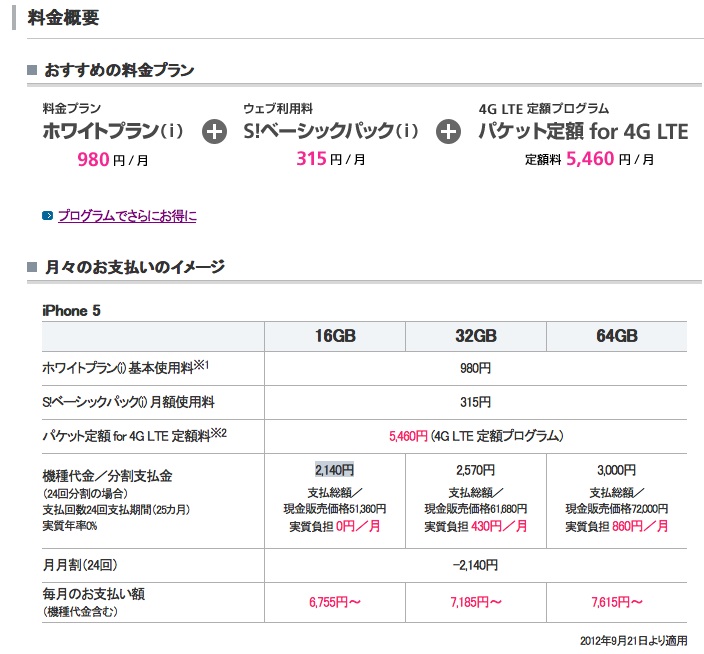

DISPLAPERTURE DRIVER
Laptops can even send DisplayPort signals through a USB-C port.HW IP featuresFeatures in bold are supported by the driver

You can also drive multiple monitors (Opens in a new window) from one DisplayPort connection, rather than having to use multiple ports, which is handy. First, it supports AMD's FreeSync and Nvidia's G-Sync, so you can have a tear-free gaming experience no matter which brand of card you use (as long as your monitor supports the technology, of course). In addition, DisplayPort has a few other useful features. When shopping for a DisplayPort cable, I recommend picking one from DisplayPort’s certified cables list (Opens in a new window) to ensure it performs as advertised. On modern monitors, you'll likely find any of the following:ĭisplayPort 1.2: Supports up to 4K at 60Hz, some 1.2a ports may also support AMD's FreeSyncĭisplayPort 1.3: Supports up to 4K at 120Hz or 8K at 30HzĭisplayPort 1.4: Supports up to 8K at 60Hz and HDRĭisplayPort 2.0: Supports 16K with HDR at 60Hz and 10K without HDR at 80Hz It still allows for high-definition video and (in many cases) audio, but its standards are a bit different. Nvidia's similar G-Sync technology, however, does not always work over HDMI-on many monitors, it’s DisplayPort-only.ĭisplayPort looks similar to HDMI but is a connector more common on PCs than TVs. In addition to the above, all modern HDMI ports should support AMD's FreeSync technology, which eliminates screen tearing in games by matching the monitor's refresh rate to your video card's output framerate (with newer HDMI versions supporting FreeSync at higher refresh rates). If you ever experience issues, check the cable-you may find it isn’t up to snuff. Lower-spec cables (Opens in a new window) may still work under certain circumstances, but can be finicky, adding “snow” to the image or not routing your surround sound audio properly. For 8K at high refresh rates, you may need even more bandwidth, so check the description and reviews of any cable you plan to buy.
DISPLAPERTURE FULL
If you want to take full advantage of those specifications, you'll also need an HDMI cable capable of the correct bandwidth.įor example, if you're running 4K at 60Hz with HDR, you'll want a cable labeled Premium High Speed (Opens in a new window) or 18Gbps (or better).
DISPLAPERTURE PC
These are somewhat simplified explanations of each HDMI version, as there are other feature improvements in each standard, but they're the things most PC users will care about. It also includes variable refresh rate (VRR) like FreeSync in the standard, though there are plenty of HDMI 2.0 monitors that also support the feature. HDMI 2.1: Supports up to 10K resolution at 120Hz, as well as improved HDR with dynamic metadata and enhanced Audio Return Channel (eARC) which allows sending Dolby Atmos and DTS:X audio from the display to a receiver. HDMI 2.0: Supports up to 4K at 60Hz, and later versions (HDMI 2.0a and 2.0b) include support for HDR. On modern monitors, you'll find any combination of the following ports: There have been multiple versions of HDMI, each improving on the last. HDMI is most commonly used on TVs, sending high-definition video and audio signals over one cable for an easy, clean setup. Let's start by talking about HDMI, the standard with which you're probably most familiar.
DISPLAPERTURE HOW TO
DISPLAPERTURE FREE



 0 kommentar(er)
0 kommentar(er)
